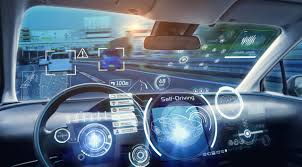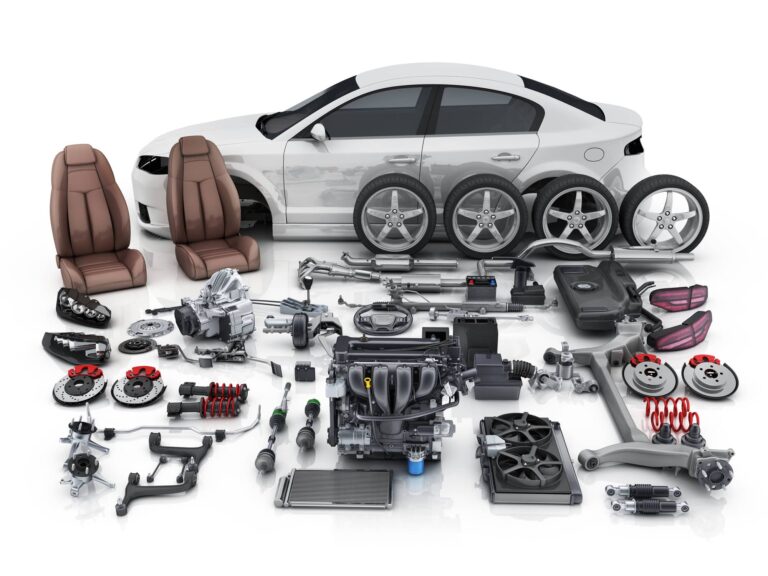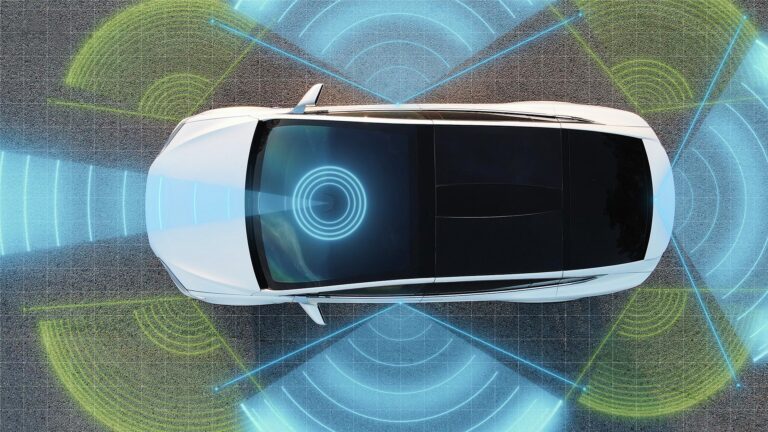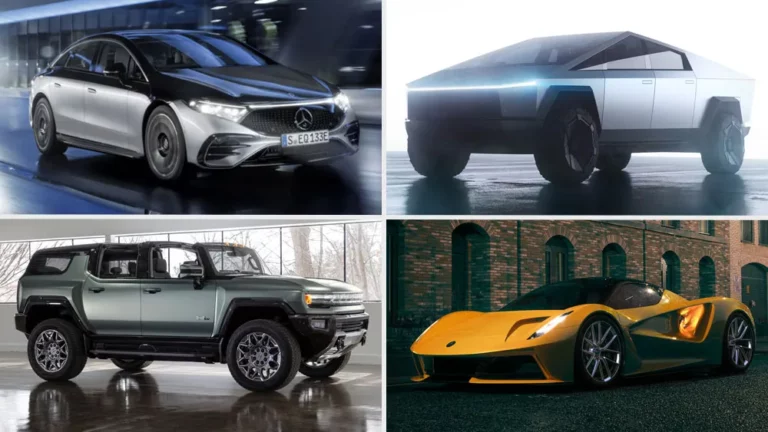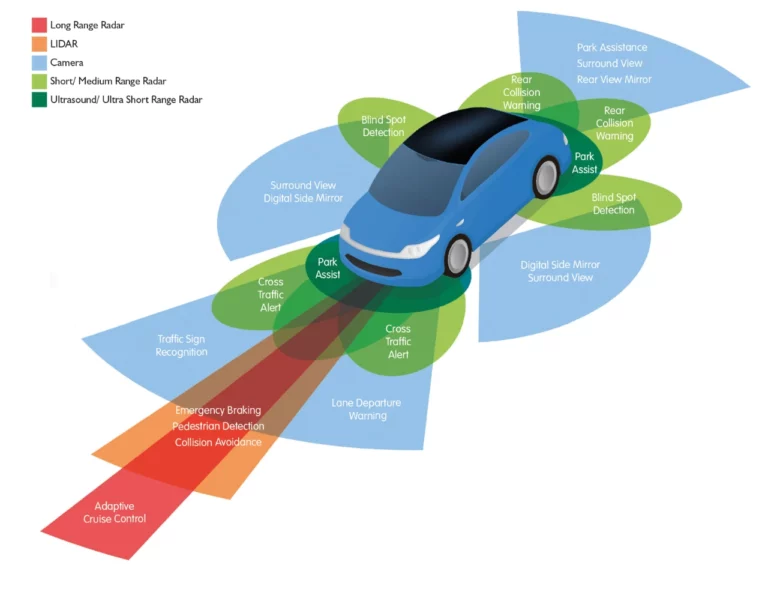Self-Driving Car Regulations in 2025
Self-Driving Car Regulations in 2025: Global Standards and Market Implications

Introduction
The landscape of autonomous vehicles (AVs) is rapidly evolving, with 2025 marking a pivotal year for self-driving car regulations worldwide. Governments and regulatory bodies are establishing frameworks to ensure the safe integration of AVs into public roadways. These regulations aim to address safety, liability, data privacy, and operational standards, shaping the future of transportation.
Global Regulatory Developments
United States
In the United States, the regulatory environment for AVs is characterized by a patchwork of federal and state-level laws. The National Highway Traffic Safety Administration (NHTSA) oversees federal guidelines, while individual states implement their own regulations. For instance, California’s Department of Motor Vehicles (DMV) has released updated regulations for the testing and deployment of autonomous vehicles, focusing on both light-duty and heavy-duty commercial vehicles. These regulations include enhanced data reporting requirements and protocols for AV interactions with first responders. DMV California
Companies like Tesla and Waymo are actively testing and deploying AVs in various states, navigating the complex regulatory landscape. Tesla plans to begin deploying robotaxis in Austin, Texas, with an initial fleet of 10 vehicles, aiming to scale up to 1,000 within a few months. However, regulatory challenges persist, as approval processes vary significantly across states and cities. DMV CaliforniaBusiness Insider+1Axios+1
European Union
The European Union has taken steps toward harmonizing AV regulations across member states. Regulation (EU) 2019/2144 established specific requirements for automated vehicles, including the implementation of advanced driver assistance systems. Additionally, the EU introduced regulations requiring all new cars to be fitted with intelligent speed assistance. By 2027, the EU aims to implement a standardized AV certification system to ease cross-border AV use. PatentPC+1Business Insider+1Wikipedia
China
China has adopted an aggressive approach to AV integration. By 2025, at least 30% of all new vehicles sold in the country must have Level 3 or higher autonomy capabilities. This mandate is part of China’s broader strategy to dominate the global autonomous vehicle market. PatentPC
Switzerland
Switzerland has implemented regulations allowing automated driving starting in 2025. The Swiss government adopted an ordinance specifying the implementation of amendments to the Road Traffic Act, allowing transferring driving tasks to an autopilot while driving on a highway and using driverless vehicles on authorized routes. Manufacturers must obtain permits for such systems, and vehicles must meet specific safety and data protection requirements. The Library of Congress
Key Regulatory Focus Areas
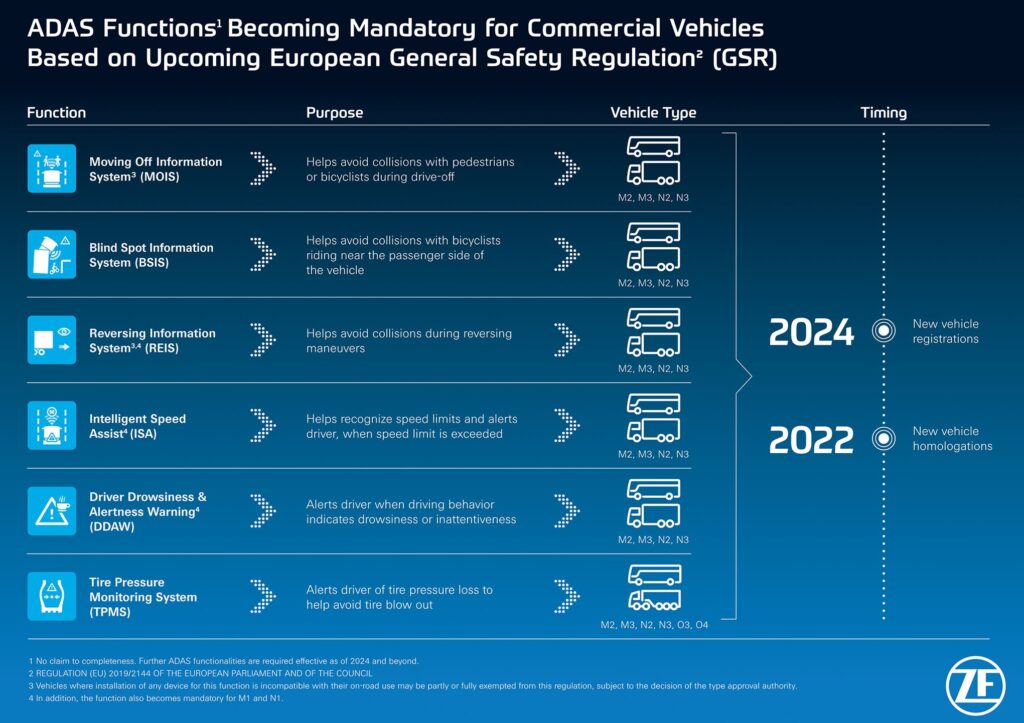
Key Regulatory Focus Areas
Safety is paramount in AV regulations. Regulatory bodies require AVs to be equipped with advanced sensors and systems to detect and avoid obstacles, ensuring passenger safety. Mandatory features include crash avoidance systems and emergency braking capabilities. Toxigon+3PatentPC+3TechSerps+3TechSerps
Liability and Insurance
The advent of AVs challenges traditional notions of liability and insurance. Regulations in 2025 are addressing these questions, with some jurisdictions proposing new liability frameworks that account for the unique characteristics of AVs. In many places, there’s a shift towards manufacturer liability, meaning that if an AV causes an accident, the company that made the vehicle could be held accountable. Αi Tools News+1Toxigon+1Toxigon
Data Privacy and Cybersecurity
AVs generate and process vast amounts of data, raising concerns about data privacy and cybersecurity. Regulations are focusing on ensuring that AVs adhere to stringent privacy standards, such as the General Data Protection Regulation (GDPR) in the EU. Companies must be transparent about data collection practices and implement robust cybersecurity measures to protect users from hacking or unauthorized data access. The Insurance Universe+1Toxigon+1TechSerps
Environmental Regulations
As AVs become more common, regulators are considering their environmental impact. Regulations focus on reducing emissions from production processes and ensuring energy-efficient operations, especially with electric-powered autonomous fleets. TechSerps
Market Implications
Impact on Manufacturers
Manufacturers must navigate the complex regulatory landscape to deploy AVs successfully. Compliance with safety standards, data privacy laws, and liability frameworks is essential. Additionally, manufacturers must adapt to varying regulations across different regions, which may require modifications to vehicle designs and operational strategies.
Consumer Considerations
Consumers can expect increased availability of AVs as regulations evolve. However, they should be aware of the regulatory environment in their region, as approval processes and operational guidelines may differ. It’s important for consumers to stay informed about the safety features and data privacy practices of AVs to make informed purchasing decisions.DMV California+5Toxigon+5Αi Tools News+5
How to Stay Informed
To stay informed about self-driving car regulations, individuals and businesses can:
- Monitor Regulatory Bodies: Keep an eye on updates from organizations like the National Highway Traffic Safety Administration (NHTSA) in the U.S., the European Commission, and local transportation authorities.
- Engage with Industry Associations: Participate in forums and discussions hosted by organizations such as the Society of Automotive Engineers (SAE) and the International Transport Forum (ITF).
- Follow News Outlets: Stay updated with reputable news sources covering autonomous vehicle developments and regulatory changes.
